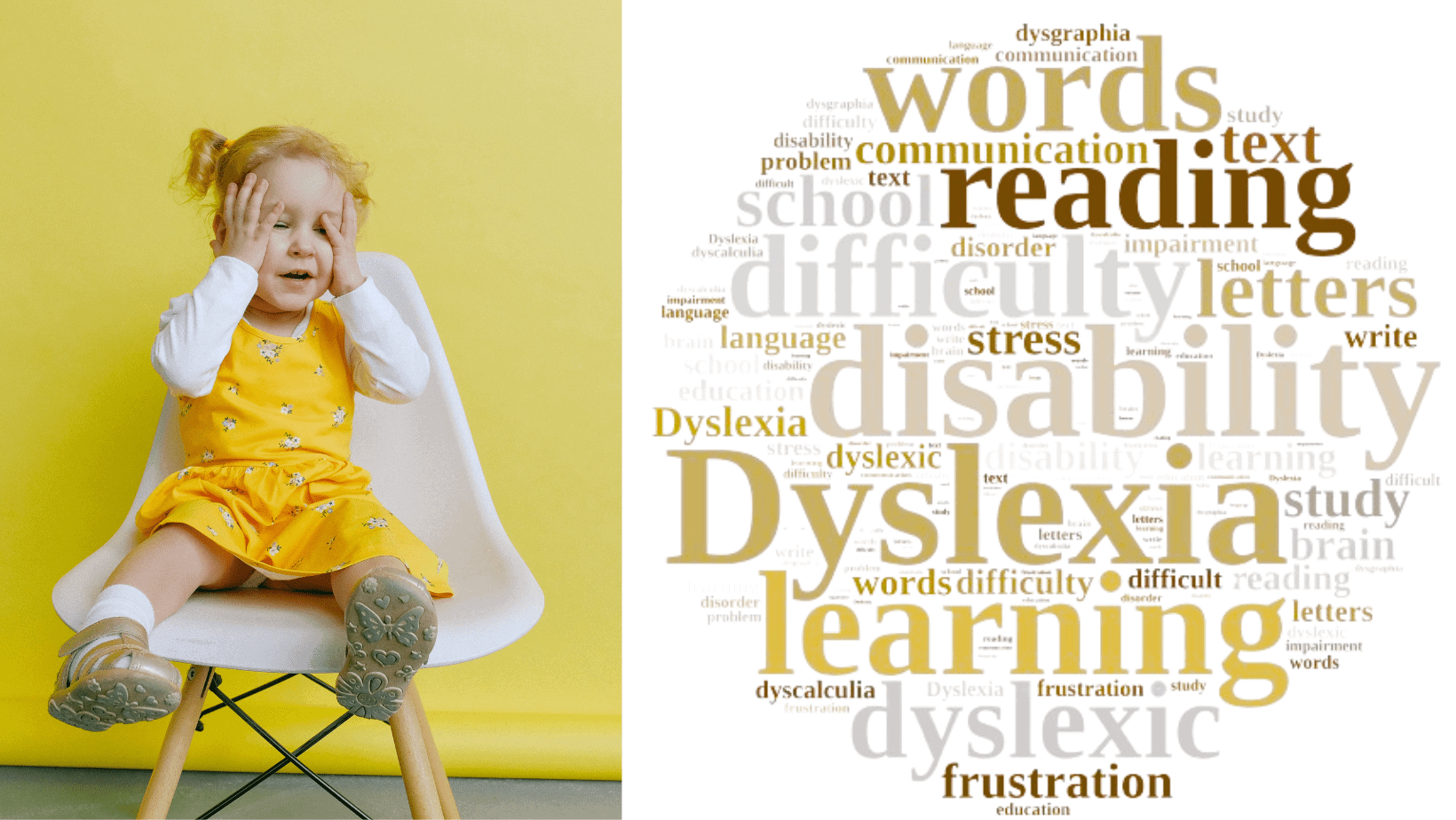Many children with learning disabilities, but not all, qualify for special education and related services under an Individualized Education Program (IEP). Children diagnosed with Specific Learning Disabilities, or SLDs, including dyslexia, dyscalculia, dysgraphia, and non-verbal learning disabilities are among those who may qualify for an IEP.
So what is an SLD and which children qualify for an IEP? “Specific Learning Disability” is the name given to this group of disabilities under the Individuals with Disabilities in Education Act (IDEA), but it is not a medical diagnosis– usually there is a more specific diagnosis given by a psychologist or neuropsychologist. An SLD is most commonly a neurological condition impacting an individual’s proficiency in reading, writing, or mathematics. Under the IDEA, students who have an SLD are eligible for specialized education services when they are unable to make progress in the general curriculum because of their learning disability. Based on the June 2023 publication of the National Center for Learning Disabilities, for the 2020–2021 academic year, of the 13% of the U.S. school-age population who received disability services under IDEA, 34% of these were “coded” with SLD as their primary disability under the IEP.
Here are some of the most common, though not exhaustive, Learning Disabilities (LDs):
- Dyslexia is a specific learning disability that is neurobiological in origin. It is characterized by difficulties with accurate and/or fluent word recognition and by poor spelling and decoding abilities. These difficulties typically result from a deficit in the phonological component of language that may be unexpected in relation to other cognitive abilities and the provision of effective classroom instruction. Secondary consequences may include problems in reading comprehension and reduced reading experience that can impede growth of vocabulary and background knowledge. (International Dyslexia Association) Learn more about dyslexia specific IDEA / special education eligibility here.
- Dysgraphia is a learning disability associated with writing. Those with dysgraphia may exhibit grammar mistakes, produce writing lacking structure and clarity, or find it difficult to form letters neatly. This condition can impede effective communication through written expression.
- Dyscalculia is a learning disability that affects an individual’s mathematical skills. It can hinder basic calculations and pose challenges in solving complex math problems, including word problems and multi-step mathematical tasks.
FAQS on SLD Eligibility
Q: What does a Specific Learning Disabilities (SLD) mean?
A: Specific learning disability means a disorder in one or more of the basic psychological processes involved in understanding or in using language, spoken or written, that may manifest itself in the imperfect ability to listen, think, speak, read, write, spell, or to do mathematical calculations, including conditions such as perceptual disabilities, brain injury, minimal brain dysfunction, dyslexia, and developmental aphasia. 34 CFR 300.8 (c)(10)
Q: What does a Specific Learning Disabilities (SLD) eligibility under IDEA mean?
A: SLD eligibility refers to the IEP team’s determination that a student meets the specific criteria given in the IDEA to receive special education services due to a category of disabilities that the IDEA groups into the coding “specific learning disability.” Note: there are 13 possible eligibility categories, including SLD, under IDEA.
Q: How is SLD eligibility determined?
A: Determining eligibility involves an assessment of the student’s academic performance, possibly their cognitive abilities, standardized testing, parent observations, and other pertinent considerations. While Federal law (IDEA) provides guidance as to which students with learning disabilities qualify for special education, it also leaves some decision making as to what specific procedures may be used by the local school district.
In Maryland, the Code of Maryland Regulations at 13A.05.01.06 controls SLD eligibility. Even within the Maryland regulations, there is more than one option for how an IEP team can legally determine eligibility for an IEP under the SLD coding. It is important for families to understand the difference between these various options so that they can ensure that the IEP team is using the best criteria for their students. Sounds confusing? It is! Add in additional factors, like a student who has both an SLD and another disability, or a student who is both gifted and has an SLD, and it can be complicated.
Q: Who determines the SLD eligibility?
A: The regulations require a collaborative determination, involving the child’s parents and a team of qualified professionals, to assess whether a child suspected of having Specific Learning Disabilities (SLD) meets the criteria. This IEP team should consist of a specific list of professionals. This means that your child’s teacher or principal cannot tell you that your child won’t qualify, is “too smart” to qualify, or “probably just needs to mature.”
Q: Can a medical diagnosis or another outside diagnosis of a learning disability determine SLD eligibility?
A: No, not by itself. A medical diagnosis alone cannot determine eligibility for an IEP under the SLD category. This doesn’t mean your child does not have a learning disability. It is just that under IDEA, finding a child eligible for an IEP is a two part process– and having the disability only satisfies the first part.
To qualify for special education services under the IDEA, a team of professionals at the child’s school, including the parents, also consider whether a child’s disabilities adversely impact their educational progress. The impact is not solely measured by academic criteria/grades but should also consider standardized testing, observations by parents and teachers, and day-to-day performance.
Q: What rights do parents and students have in the SLD eligibility process?
A: In the Specific Learning Disabilities (SLD) eligibility process, parents and students have rights, including informed participation, the right to consent to assessments, participation in Individualized Education Program (IEP) meetings, the ability to request assessments, access to educational records, appeal rights, and the assurance of confidentiality. These rights empower parents to actively engage in the process and ensure students receive appropriate support.
This blog post is for informational purposes only. It is not legal advice and does not create an attorney-client relationship.
